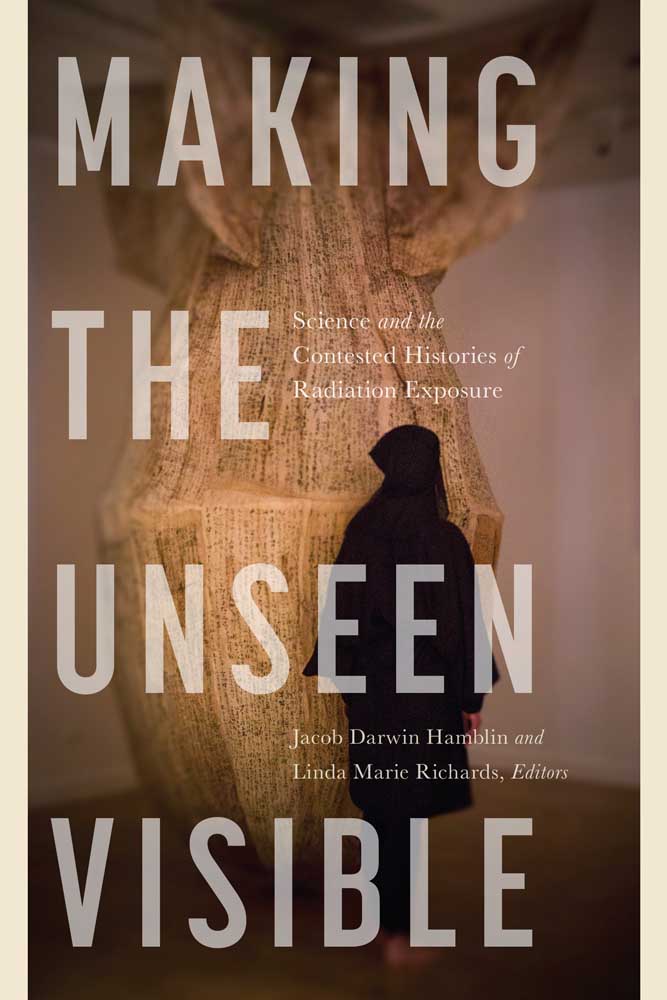Bookmonger: Essay collection explores effects of radiation
Published 9:00 am Monday, June 3, 2024

- This essay collection compiled from Oregon State University’s Downwinders Project explores radiation exposure from perspectives of science, history, diplomacy and lived experience.
This column is slow in getting to “Making the Unseen Visible,” which came out late last year.
Trending
But with a nod to the title, this book hits on so many important topics — nuclear contamination and radiation exposure (across the globe and just upriver on the Columbia), generational health impacts, environmental justice, international power struggles and more — that it deserves all the visibility it can get.
Oregon State University professors Jacob Darwin Hamblin and Linda Marie Richards served as editors for this compilation of essays after facilitating Oregon State’s Downwinders Project, which was sponsored by the National Science Foundation from 2017 to 2020.
That multiyear effort pulled together stakeholders from the fields of science, history, diplomacy and lived experience. Now some of those participants’ most thought-provoking contributions are shared in this book.
Trending
“Making the Unseen Visible” edited by Jacob Darwin Hamblin and Linda Marie Richards
Oregon State University Press — 400 pp — $39.95
As the editors promise in their introduction, the essays “focus not just on invisible radiation, but also on overlooked people and unheard voices.”
The book is organized in three sections.
The first part, “Communities and Trust,” includes pieces dealing with various aspects of a growing body of work that investigates the devastating and even multigenerational impacts of radiation.
Through different voices, these essays display the ways that scientists and policymakers minimized or sometimes deliberately obscured the concerns of communities that had been exposed to radiation.
The exposure may have been through proximity to testing sites, or as victims of war, or as workers involved in one of the many steps required in the manufacture of nuclear devices or energy, or in the disposal of nuclear waste.
The second theme, “International Discourse on Harm,” focuses on the ways that radiation’s perils have been contested, initially with the collusion of the scientific community, as global powers in the latter half of the 20th century grappled with the implications of navigating the new nuclear age.
As one of the essays notes, “What once was an act of patriotism at the expense of the individual becomes now a possible cover-up of massive human harm.”
The third section, called “Remembering and Forgetting,” relates to the ways different populations have been shaped by their heritage of what is now generations of radioactive exposure.
“Making the Unseen Visible” tracks down stories from across the globe, and the scope is astounding.
You’ll read about the illnesses of uranium miners in India, Kazakhstan and the Diné lands in the American Southwest, and about the hibakusha (atomic bomb sufferers) of the 1945 drops of Little Boy and Fat Man in Japan.
There are stories about the impacts of nuclear weapons testing fallout on Pacific Islanders and Saharans, as well as delayed effects on descendants and Downwinders. One article even examines the contamination of sheep in North Wales by fallout from the 1986 meltdown in Chernobyl, 2,000 miles away.
In the face of global climate change, there has been urgency in the search for cleaner alternatives to fossil fuels, and nuclear energy has been mentioned.
“Making the Unseen Visible” may make readers decide to take that option off the table.








